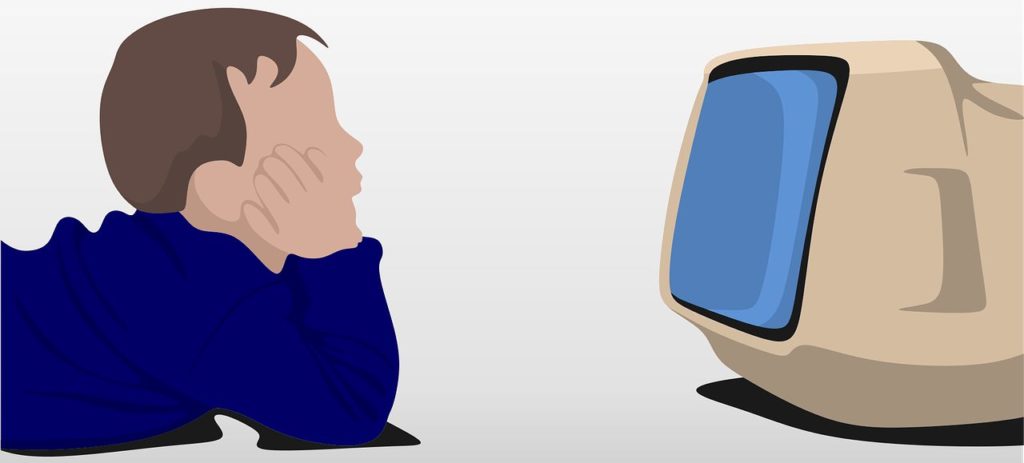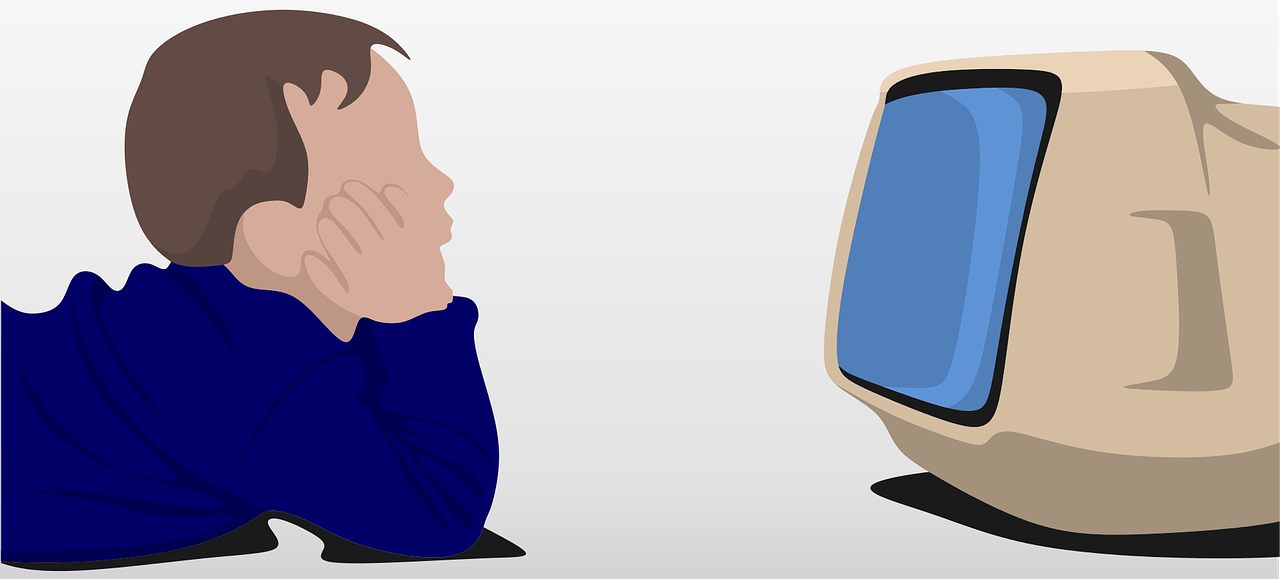
This Week’s Insights: Our economy is based on mass production. Now it’s collapsing… Will mini-books change the way we read?… The Public Theatre goes off the beaten path to find new audiences… Art galleries enhance the creature comforts… Tech workers have growing fears about kids and screens.
- The Mass-Market Is Dying: Here’s how it used to work: In order to have the least number of people tune out, you have to offend the lowest number of people (G-Rated), you have to tell stories that everyone can understand (sitcom, procedural police, or hospital drama), you have to use characters that are easily recognizable (protagonist and antagonist), etc. In the end, you take a tried-and-true, mass-market formula, tweak it slightly (and I do mean slightly), and voila! You have a hit. (Quick reality check: Hits are magic! It’s super hard to get all of the components right, but when you do, the criteria stated above are met.) This is the gospel truth of all mass-market goods and services. But as we can customize everything for niches, mass market production is dying. In the arts, we see it in movies, where the mid-size movie is dying. Also publishing where the center is gone. So now, to get audience, you have to start with a decision – swing for the fences and hope for a hit, or try to focus in on the niches and define your audience very specifically.
- We’re Turning Back To Analog (But New Analog): The publisher Dutton has started producing mini-sized books, books that fit in the palm of your hand. The tiny editions are the size of a cellphone and no thicker than your thumb, with paper as thin as onion skin. They can be read with one hand — the text flows horizontally, and you can flip the pages upward, like swiping a smartphone. Is this a friendlier format for the printed book? Newspapers shrank their formats in response to reader demand. And there’s definitely a turn back to physical media. The betting is that the new size is comparable to the electronic devices we’re used to carrying.
- Expanding First-Rate Theatre To Unlikely Places: The Public Theatre in New York is getting out in public, but not just in New York. It’s taking Lynn Nottage’s “Sweat” to the midwest: Five states, 18 cities, free performances – and a plan that reaches far beyond the play itself; “Along with community organizations, public libraries, Rotary clubs, humanities councils, and whoever else is interested, it has encouraged lectures, discussion groups, story circles, and art pieces in the weeks before and after staging a free performance of Sweat. The tour is now over, but the project is not.”
- Commercial Galleries As Entertainment Venues: Sure there’s art, but as galleries struggle to stay alive and healthy, large galleries are piling on amenities designed to draw in the crowds. For large and now even midsize galleries, custom architecture has become as important as it has long been for museums, with all-new or re-engineered spaces to add restaurants, kitchens, gift shops, bookstores, and black box spaces and auditoriums for performance, film screenings and staged events.
- Silicon Valley Tech Workers Grow Concerned About Screens And Kids: Some of the people who built video programs are now horrified by how many places a child can now watch a video. For longtime tech leaders, watching how the tools they built affect their children has felt like a reckoning on their life and work. A growing list of studies is detailing the costs to our ability to focus and concentrate. Are we raising a generation of students that can’t pay attention in the real world?

Leave a Reply